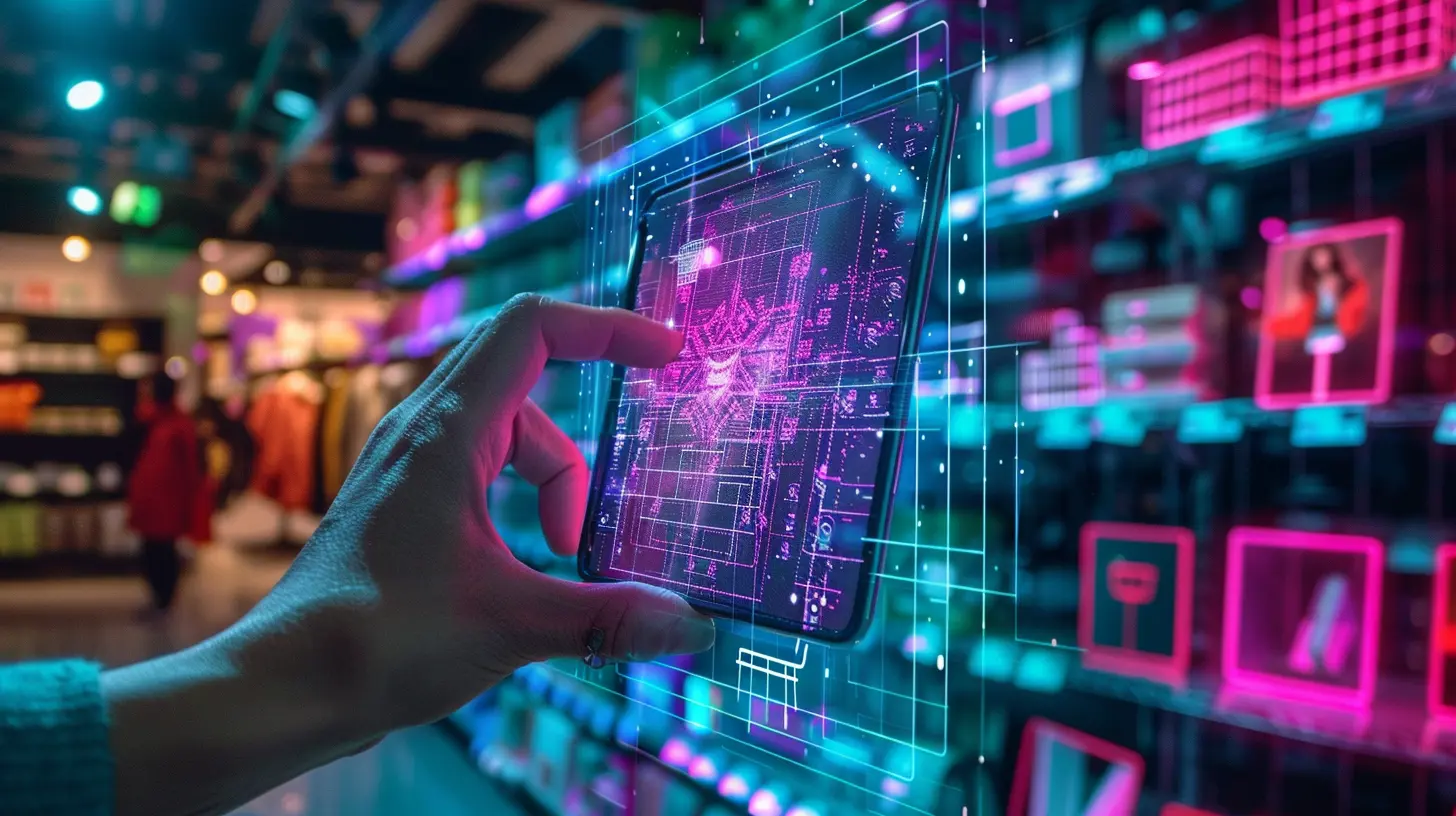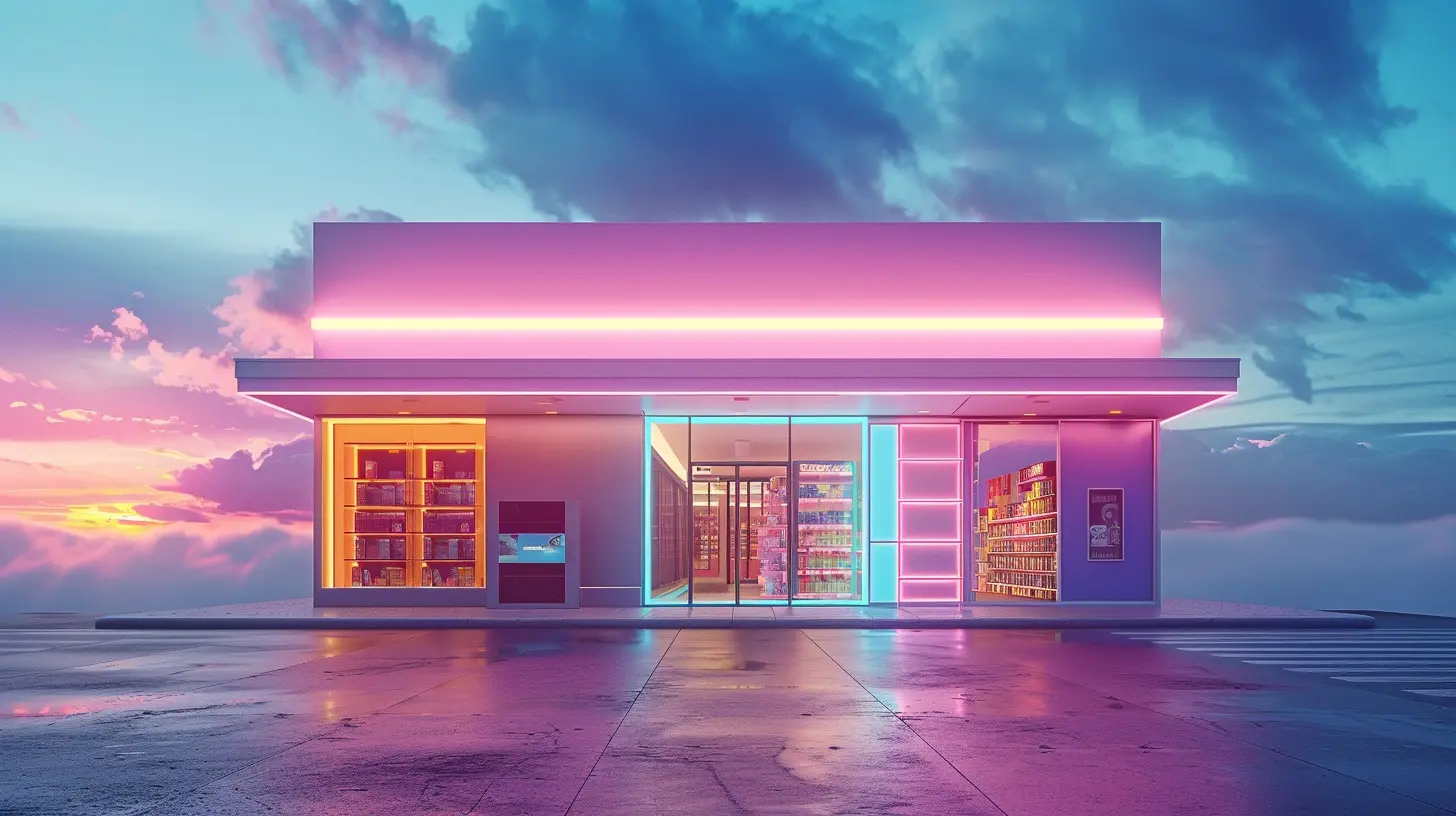The Future of Brick-and-Mortar Stores in an Increasingly Digital World
26 August 2025
Let’s face it — we’re living in an era where almost anything you want can be ordered online with just a few taps on your phone. Groceries, clothes, pet food, furniture — you name it. So, what does that mean for the good old physical stores that used to dominate our shopping habits?
Are we watching the slow fade of brick-and-mortar stores into history, or are they on the verge of a renaissance shaped by tech and changing customer expectations?
Let’s dive right into it and find out what the future really holds for brick-and-mortar stores in this constantly evolving digital playground.
The Digital Takeover: A Quick Glance at What’s Happening
Over the last decade, eCommerce has exploded. Amazon, Shopify, and countless other platforms have made it incredibly convenient to shop from anywhere — even from your couch in pajamas at 2 a.m.According to recent stats, global eCommerce sales surpassed $5.7 trillion in 2022 and are still climbing. That’s huge.
But here’s the kicker: despite this massive digital growth, about 72% of retail sales still happen in physical stores. Surprised?
Yeah, the digital world is growing fast, but brick-and-mortar isn’t going down without a fight. In fact, physical stores are evolving in pretty exciting ways.
Why Brick-and-Mortar Stores Still Matter
Sure, online shopping is convenient, but there are some things it just can’t replace.1. Touch, Feel, and Experience
Ever bought a pair of jeans online only to find out they fit like a potato sack?There’s something about physically seeing and touching a product before you buy it. Whether it’s trying on shoes, sampling a perfume, or feeling the quality of a couch cushion — the in-person experience still holds serious value.
Retailers know this, and that’s why many are re-imagining their stores to be experience-centered rather than just a place to buy stuff.
2. Instant Gratification
Let’s be honest — sometimes you just need it now.No matter how fast shipping gets, it can’t beat walking into a store and walking out 10 minutes later with exactly what you need. That’s a huge advantage physical stores still have.
3. The Social Element
Shopping isn’t always about the purchase. Sometimes it's a social outing, a way to kill time, or even therapy (retail therapy, anyone?).Physical stores offer a communal experience that online shopping can’t replicate. There's chit-chat with employees, window shopping with friends, and random finds you’d never search for online.
The Evolution of the Physical Store: Reinvention, Not Retirement
So what do smart retailers do? They adapt. They evolve. They innovate.Let’s break down some of the exciting ways brick-and-mortar stores are redefining themselves.
1. The Rise of Experiential Retail
Retailers are turning stores into immersive brand experiences.Take Apple stores, for example. You don’t just buy tech — you learn, explore, and play. Or look at Nike’s flagship stores where you can test shoes on a basketball court or treadmill.
These aren’t stores. They’re playgrounds for grown-ups.
Retailers who turn shopping into an experience? Those are the ones building real loyalty.
2. Click-and-Collect & BOPIS
Buy Online, Pick Up In Store (BOPIS). Sounds familiar, right?It’s one of the smartest hybrids of digital and physical retail. Customers love the convenience of online shopping without the wait, and retailers reduce shipping costs and drive foot traffic.
It’s a win-win. And it's becoming the new normal.
3. Smart Fitting Rooms & AR Try-Ons
Tech is making physical shopping cooler than ever.Imagine walking into a store and using a smart mirror to try on outfits virtually — no changing rooms required. Or scanning a QR code to see how that new couch would look in your living room.
From RFID tags to augmented reality, these tools are adding a futuristic layer to physical shopping that online stores are scrambling to copy.
The Role of Data in Physical Retail
You probably think data is king in eCommerce — and you'd be right. But physical stores are catching up fast.Retailers are using foot traffic analytics, in-store heat maps, loyalty apps, and more to understand customer behavior like never before.
They know which shelves get ignored, which products people linger by, and how promotional layouts affect behavior. It’s like digital-level data, but in the real world. Creepy? Maybe a little. Effective? Definitely.
This data helps stores personalize your experience, optimize stock levels, and even predict trends. Pretty powerful stuff.
How Omnichannel Strategy Is Bridging the Gap
Here's a buzzword you’ve probably heard: "omnichannel."Basically, it's a fancy way of saying “Give customers the same amazing experience, whether they shop online, on mobile, or in-store.”
Brands that do this well — think Target, Sephora, Walmart — are reaping the rewards.
Imagine browsing online, getting personalized recommendations on your phone, then walking into the store and having a staff member greet you by name and guide you to exactly what you want. Wild, right?
This kind of seamless experience is where retail is headed. It’s not about online vs. physical anymore. It’s about how they work together.
The Small Business Edge
Big chains aren’t the only ones benefiting here. Local shops are also tapping into tech to level the playing field.1. Local SEO and Online Visibility
Ever searched “best latte near me” and picked a place based on reviews and photos?That’s local SEO at work. By claiming their Google Business profiles, optimizing their websites, and collecting positive reviews, even the smallest mom-and-pop store can thrive — digitally and in real life.
2. Personalized Service
Small stores have an edge that even Amazon can’t beat — real, human connection.The local bookshop that remembers your favorite authors. The boutique that texts you when a style you love is back in stock. That kind of personalized service breeds loyalty that no algorithm can replicate.
3. Community-Focused Events
Workshops, pop-ups, tasting events — small businesses are transforming their spaces into community hubs.This not only drives traffic but builds deep relationships. And in the digital age, relationships are gold.
Challenges Still Standing in the Way
It’s not all rainbows and reinvention. There are real challenges that physical stores need to face head-on.Rising Commercial Rent
For many urban areas, rent is through the roof. That puts a major squeeze on small retailers and forces even bigger brands to rethink store footprints.Labor Shortages and Training Gaps
Finding and keeping good retail staff is tough right now. Add in the need for tech-savvy employees who can juggle tablets and customer interactions, and you’ve got another hurdle.The Need for Constant Innovation
Standing still is not an option. Customer expectations change fast, and stores need to keep up — constantly. That takes money, strategy, and bold thinking.So, What’s the Verdict?
Are brick-and-mortar stores doomed? Far from it.Are they going back to the old way of doing business? Not a chance.
The future of brick-and-mortar lies in innovation, integration, and intuition. Stores that can blend the physical with the digital to create seamless and memorable experiences will not only survive — they’ll thrive.
If you’re a business owner, now’s the time to rethink your store as a living part of your brand — one that complements your digital efforts rather than competes with them.
And if you’re a shopper? Keep your eyes peeled. The next time you step into a store, you might just be stepping into the future.
Final Thoughts: A Future Worth Shopping For
So next time someone says physical retail is dead, ask them when's the last time they tried on shoes online.Brick-and-mortar isn’t disappearing. It’s transforming — becoming smarter, faster, more personal, and more connected. And in a world that’s racing ahead digitally, it’s carving out a vibrant new role where experience matters just as much as convenience.
Whether it’s grabbing a coffee at your favorite local café, trying on a jacket in-store after seeing it on Instagram, or picking up your online order in 15 minutes — the future of shopping is both physical and digital.
It’s not either/or. It’s both. And that’s the beauty of it.
all images in this post were generated using AI tools
Category:
RetailAuthor:

Amara Acevedo
Discussion
rate this article
1 comments
Soleil Gilbert
Brick-and-mortar stores must evolve by enhancing customer experiences and integrating technology. Emphasizing personalized service, community engagement, and hybrid shopping models can create a unique value that online platforms struggle to replicate, ensuring their relevance in a digital age.
September 12, 2025 at 3:07 AM

Amara Acevedo
Absolutely! Enhancing customer experiences and adopting technology are key for brick-and-mortar stores to thrive in a digital age. Personalized service and community focus can indeed differentiate them from online platforms.


